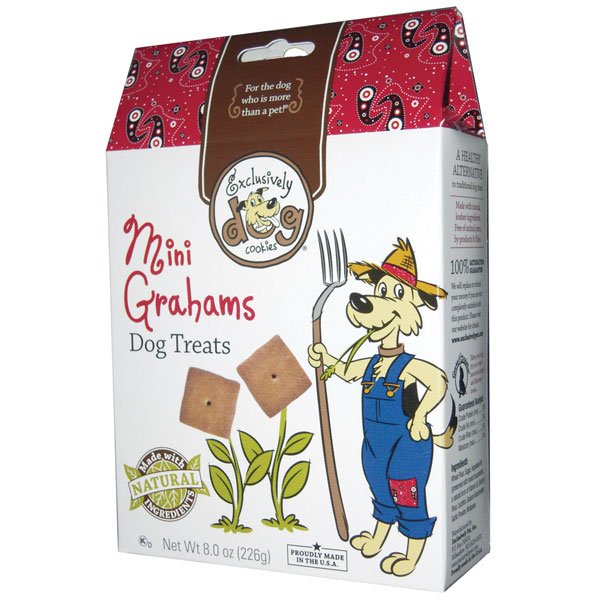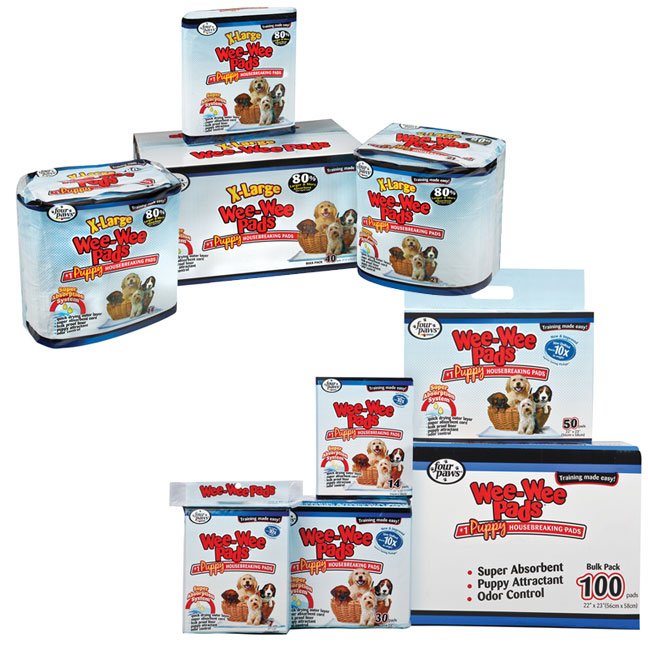 People commonly spend a lot of time choosing the special occasion, decorative collars. However, you should be spending that time choosing your dog’s “every day collar.” Your dog needs a reliable and sturdy collar to wear every day. Finding a reliable collar may be more important than you think. A good collar can prevent injury or even death.
People commonly spend a lot of time choosing the special occasion, decorative collars. However, you should be spending that time choosing your dog’s “every day collar.” Your dog needs a reliable and sturdy collar to wear every day. Finding a reliable collar may be more important than you think. A good collar can prevent injury or even death.
The everyday collar should include a dog tag that has you pertinent information on it. You should be sure to include your address and telephone number. Also, make sure it is easily legible. Dog tags can become worn down, so be sure you check them every once and a while to make sure you can easily read them. I recommend that you do not put your dog’s name on the tag. If someone who finds your dog knows its name, it would be easier for them to keep it!
The best material that a collar can be made out of is nylon. Dogs can not easily chew through these collars, and they will last for many years. The best part about nylon collars is that they come in a variety of colors. The nylon collars I purchase for my dogs are made by Hamilton’s Deluxe. You could get a red one, like the Wine Double Thick Dog Collar – 1 inch, pictured to the right, a black one: Black Double Thick Dog Collar – 1 inch, or hot purple: Hot Purple Double Thick Dog Collar – 1 inch.
Another reason I like these Hamilton’s Deluxe nylon collars is because they have the classic metal buckle, as opposed to the newer quick-snap closure. The quick-snap closures can open when under a lot of stress. If your dog is on a leash and tries to lunge after another dog, the quick snap closure could come undone, and your dog will become free. This would not happen with the metal buckle closure.
To figure out the size collar that will properly fit your dog, you need to take a tape measure and measure your dog’s neck. If you have a smaller dog, you need to add 2 inches to the number you measured. If your dog is larger, you will need to add 3 inches to the number. When the collar is on your dog, it should be tight enough so that it does not get caught on anything, which could potentially choke your dog. The collar should not be too tight; you should be able to fit 2 fingers in the collar.






